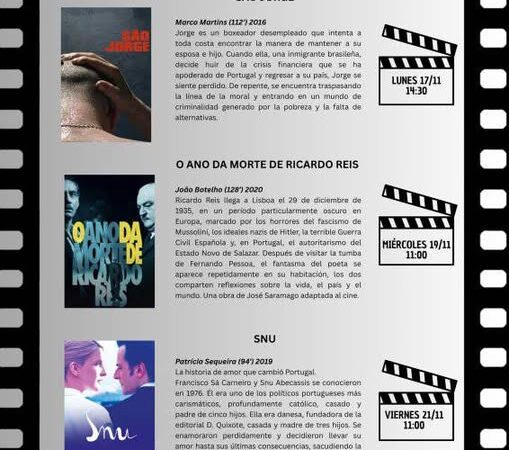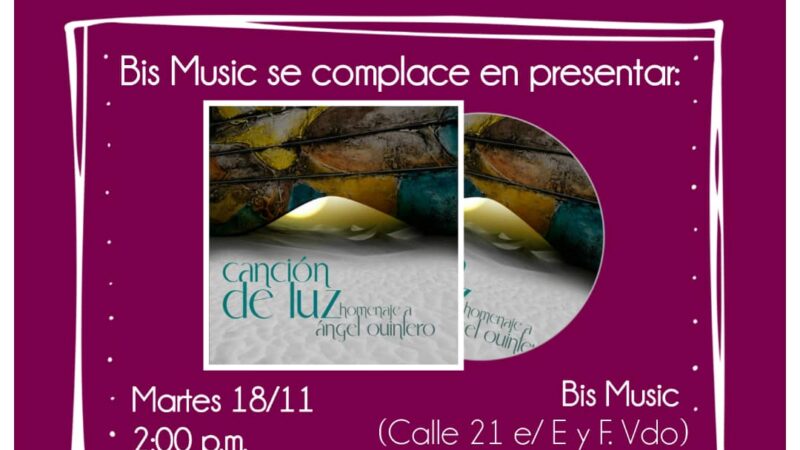Following in the Footsteps of Antonio Maceo in Havana: This Week’s Highlight in Rutas y Andares
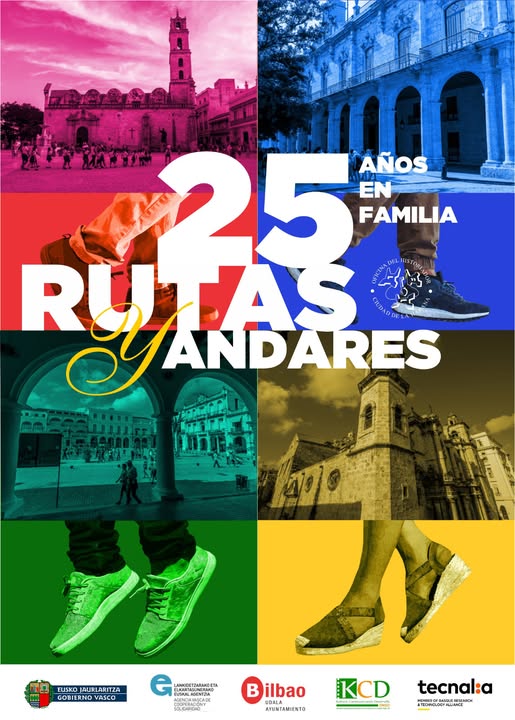
One of the standout events in this year’s Rutas y Andares is the walking tour In the Footsteps of Antonio Maceo in Havana, which takes place this Wednesday, departing from Plaza de Armas. This tour offers fascinating insights into the extraordinary circumstances of the clandestine arrival of the Bronze Titan in the capital. Traveling aboard the steamer Argonauta from San José, Costa Rica, Maceo entered Havana using a borrowed passport from his brother-in-law, Ramón Cabrales. Only his wife, María Cabrales, was aware of this daring endeavor.
Maceo, a courageous figure in Cuba’s independence struggles, lived constantly under threat, being relentlessly pursued and marked for death. According to renowned historian José Luciano Franco, Maceo first disembarked in Cienfuegos, then traveled to Santiago de Cuba before secretly entering Havana. With the help of the Abakuá society, he found refuge in Old Havana, not far from the docks. In November 1893, the distinguished musician Raimundo Valenzuela, a trombone virtuoso, sheltered Lieutenant General Maceo in his home in Villa de San Cristóbal.
This Thursday, the architecture tour will focus on San Ignacio Street, while Friday’s family walk will take participants to the Castillo de Santo Domingo de Atarés. There, both specialists and visitors will explore the fortress’s artillery, learn about its historical functions and contexts, study military equipment, and delve into its participation in battles, skirmishes, and archaeological findings.
As August 23 approaches—the founding date of the Federation of Cuban Women (FMC)—a special tour titled Women Entrepreneurs and Creators will celebrate the day with a program dedicated to the themes of image, essence, and flavor as forms of artistic entrepreneurship.
As in previous editions, the virtual Andares—originally designed for older adults—have captivated audiences of all ages. This Tuesday’s theme will explore the legacy of Havana’s colonial pharmacies, while Friday’s session will cover 19th- and 20th-century goldsmithing in the city’s shops. On Thursday, Quinta de los Molinos will welcome participants in this virtual modality, providing them with an opportunity to explore the Mexican Cultural Development Center, an institution committed to social inclusion. Meanwhile, the Museum of Mural Painting will offer an in-depth look at this art form in Old Havana.
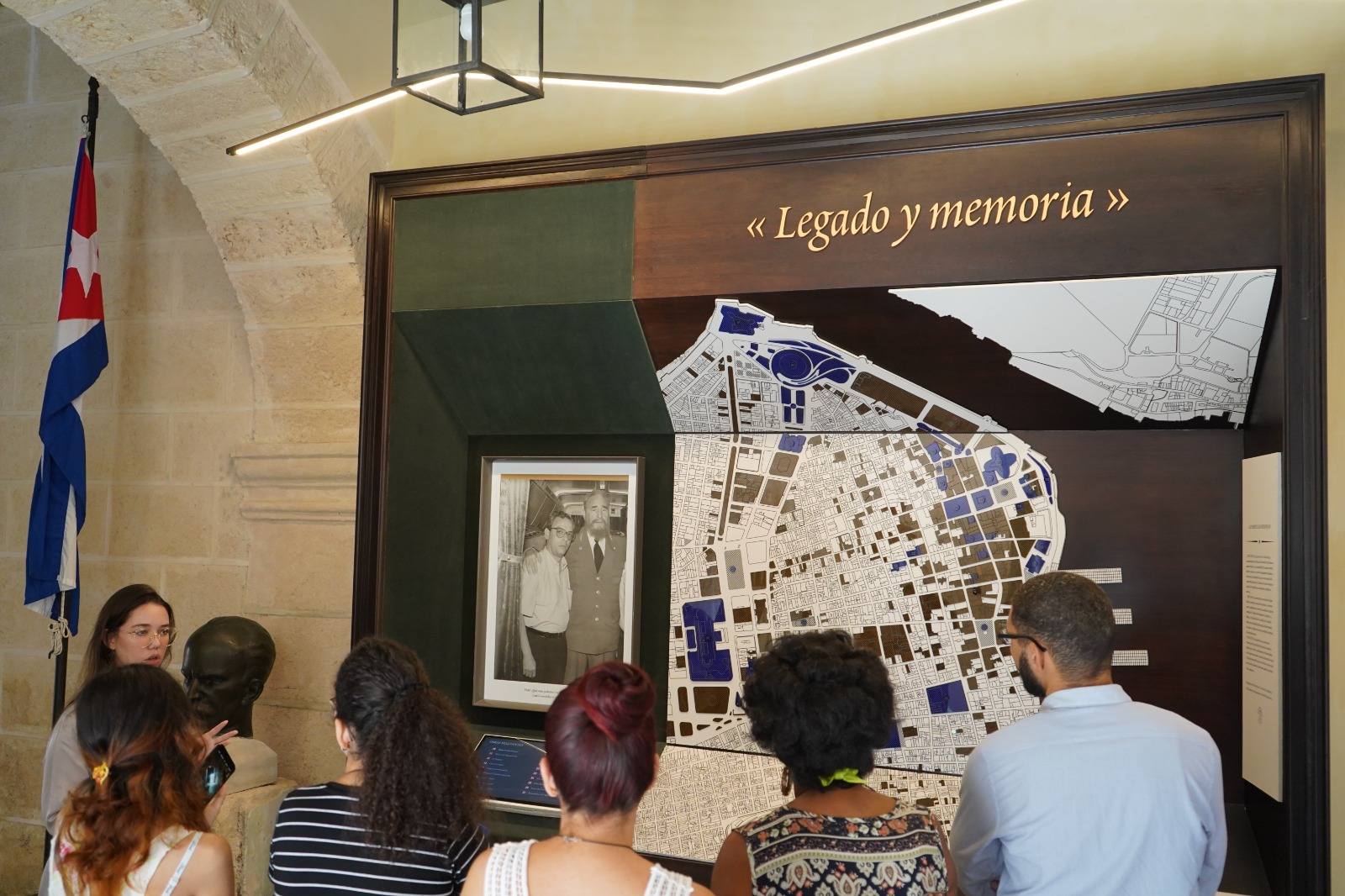
Workshops Near Their Finale and a Route Dedicated to the Deaf Community
The summer workshops are now coming to a close and will culminate on August 22 with a final tour of the Casa Eusebio Leal Spengler. The program has included Heritage Guide Children as key participants, alongside primary and secondary students involved in the 64th Anniversary Congress of the José Martí Pioneer Organization.
This 25th edition of the project also features a special route titled The Beginnings of Education for the Deaf on Tuesday. This route is rooted in Havana’s colonial-era engagement with inclusive education, dating back more than 250 years. Father Félix Varela y Morales (1778–1853), a philosopher and educational reformer, advocated for the education of deaf children while pushing for broader philosophical renewal and progressive reforms.
The tour will begin at the galleries of the San Carlos and San Ambrosio Seminary, now the Father Félix Varela Cultural Center. It was here that Varela conducted his educational work, promoting a model of teaching that was innovative, reform-minded, patriotic, and inclusive.
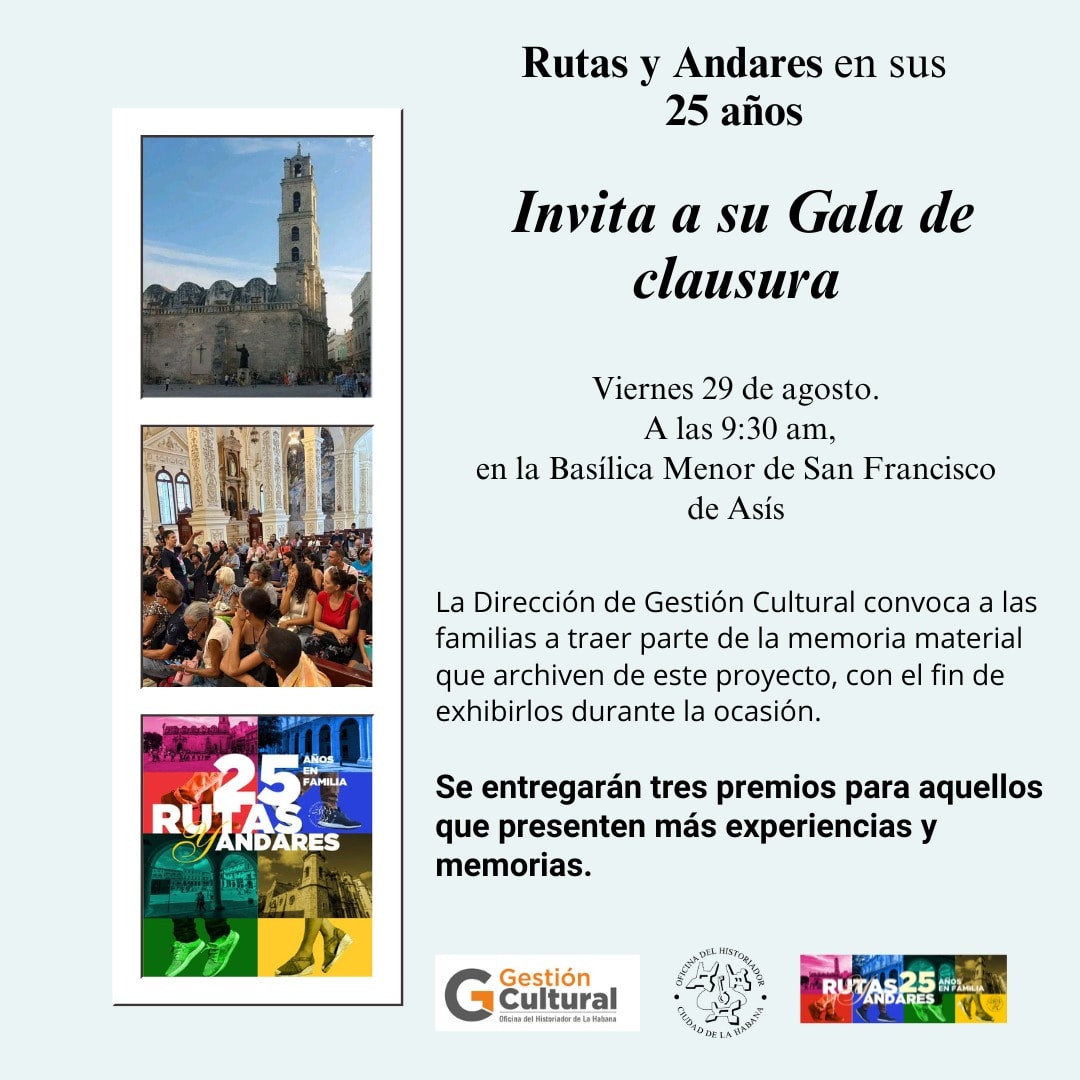
Family Guidelines for the Awards
To be recognized as a Rutas y Andares Family, participants must present their unique ticket—stamped with at least five completed activities—at the Cultural Information Center, located in the Community Cultural Development Space (Muralla and San Ignacio, Plaza Vieja). Families meeting this requirement will receive a membership card granting free admission to all museums under the Office of the Historian for one year.
Winners will also be invited to the project’s closing concert, part of the Plaza Viva program. Additionally, families with the highest level of participation this summer will have the opportunity to enjoy exclusive visits to restored heritage sites, including the Colegio de Santa Clara, Nodo Habana, and the Cámara Oscura.
Translated by Luis E. Amador Dominguez


